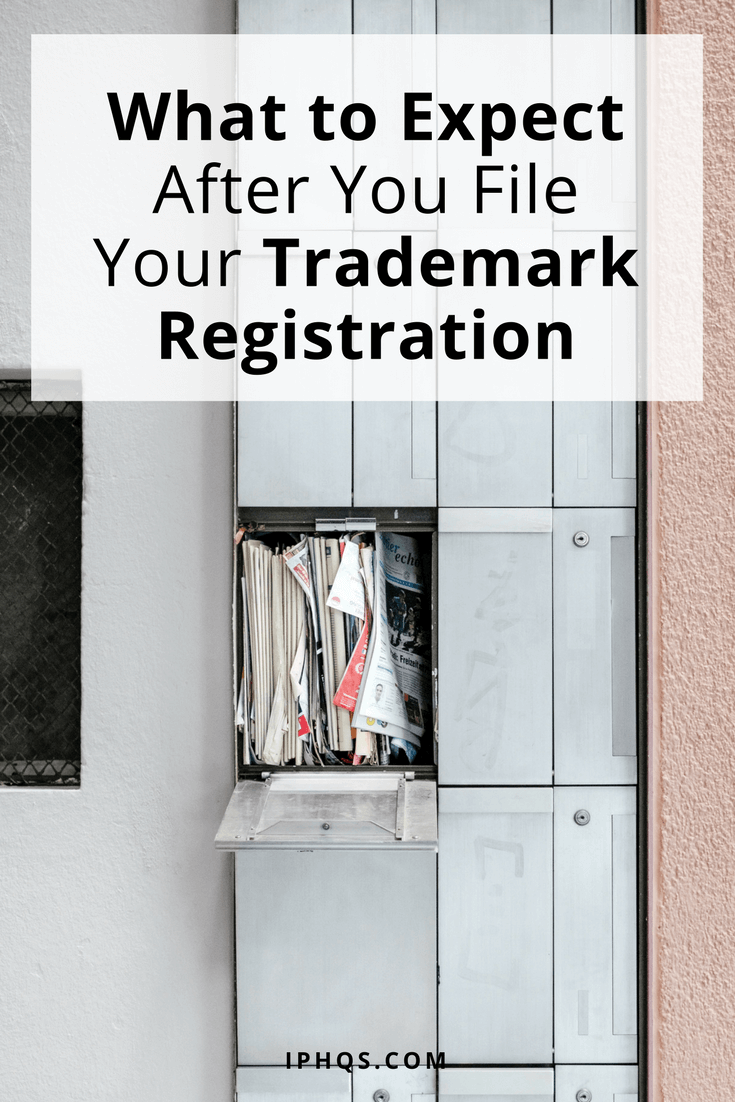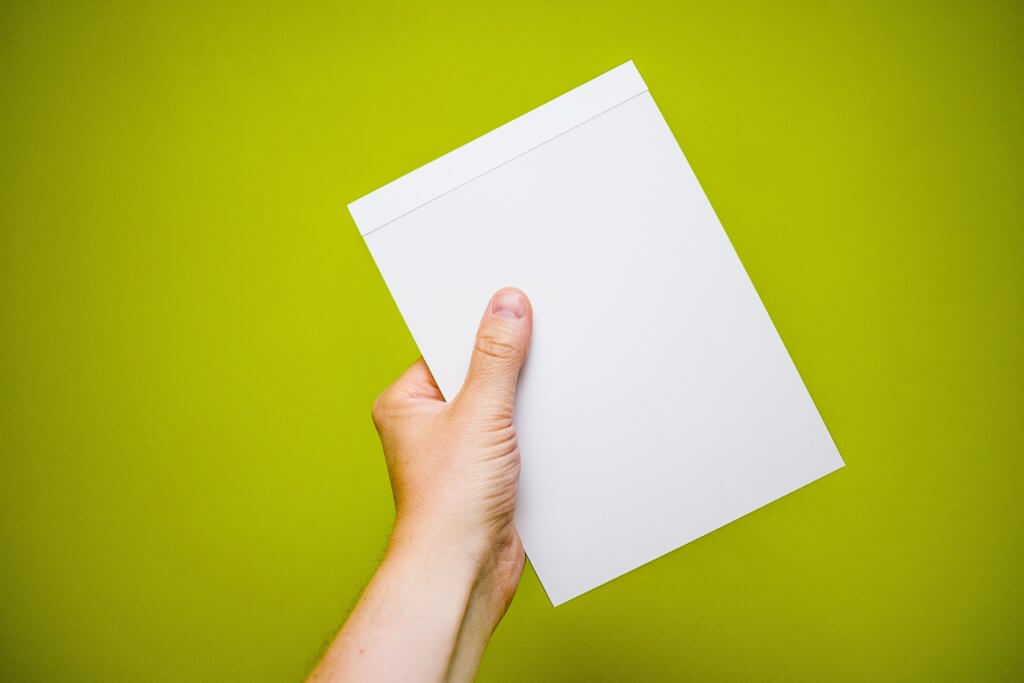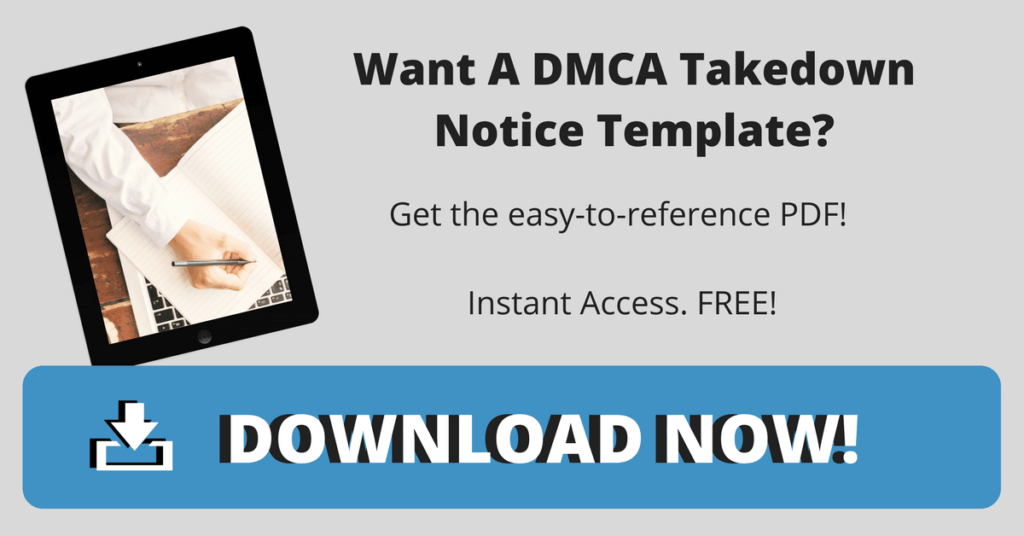
After you file your trademark registration, you’ll probably be tempted to dust off your hands, pour yourself a mug of something delicious, and settle in while you wait for your registration certificate to arrive. But you’re not quite done.
While the bulk of the work is over, you’ll still need to keep an eye out for correspondence from the United States Patent and Trademark Office–and make sure you respond on time or risk losing out on opportunities.
Why You Need To Pay Attention To Trademark Registration Correspondence
When the USPTO sends over correspondence of some kind, they’re not just writing about the weather. They’re writing to tell you about something important that affects the standing of your trademark registration.
Furthermore, most USPTO correspondence will have a distinct time limit–usually 6 months, but sometimes shorter–after which you can no longer respond. And when you miss the deadline, you often miss the opportunity to correct an issue with your paperwork…which means you also miss the opportunity to register your trademark in the first place.
You may think, six months? I can do that. I’d never let an email sit in my inbox for six months! Well, maybe. But the USPTO doesn’t typically send emails…
How Correspondence Will Likely Reach You
If you’re looking for correspondence from the USPTO, you should be checking your physical mailbox (or your P.O. box, if that’s the address you provided with your trademark registration paperwork).
This means you’ll want to plan ahead to make sure you don’t miss letters. If you’re planning to go out of town for an extended period of time, or you know you’ve had mail lost/stolen in the past, take some precautions so your all-important correspondence doesn’t wind up lost somewhere in the postal system.

Types of Trademark Registration Correspondence You Might Receive
According to the USPTO’s page on responding to office actions, there are five types of official correspondence you can expect to receive.
Correspondence Type 1: Office Action
What is it?: A notice about issues with your application, along with instructions on how to fix the issues.
Response needed?: Yes–fix the issues and respond within 6 months.
Correspondence Type 2: Examiner’s Amendment
What is it?: A written confirmation of an amendment to the application that you (or your attorney) already authorized via phone or email. There won’t be any surprise amendments.
Response needed?: None–it’s like a receipt. The only time you would need to respond is if you, for some reason, disagree with the amendment.
Correspondence Type 3: Priority Action
What is it?: If you consult with an examining attorney about the issues with your trademark application that you need to fix, they’ll later send you a written confirmation of everything you discussed.
Response needed?: YES. This is NOT just a receipt–this needs a response within 6 months, or the USPTO will abandon your application.
Correspondence Type 4: Suspension Letter
What is it?: A letter from your examining attorney that suspends your application, sticking it in the “pending” phase for the foreseeable future.
Response needed?: None, until you decide to notify your attorney that the suspension is no longer necessary.
Correspondence Type 5: Suspension Inquiry Letter
What is it?: A letter from your examining attorney that asks about the status of the reason behind your application’s suspension. So if your application was suspended because of some paperwork error, a suspension inquiry letter asks, “Hey, so have you fixed that paperwork error yet?”
Response needed?: YES. If you don’t respond, your application will be abandoned.
The main takeaway? Correspondence from the USPTO isn’t something you want to put on the back burner–it’s something you want to deal with right away. The sooner you go ahead and respond, the better off you (and your registration paperwork) will be.
Photo credit: Samuel Zeller//Michal Grosicki
